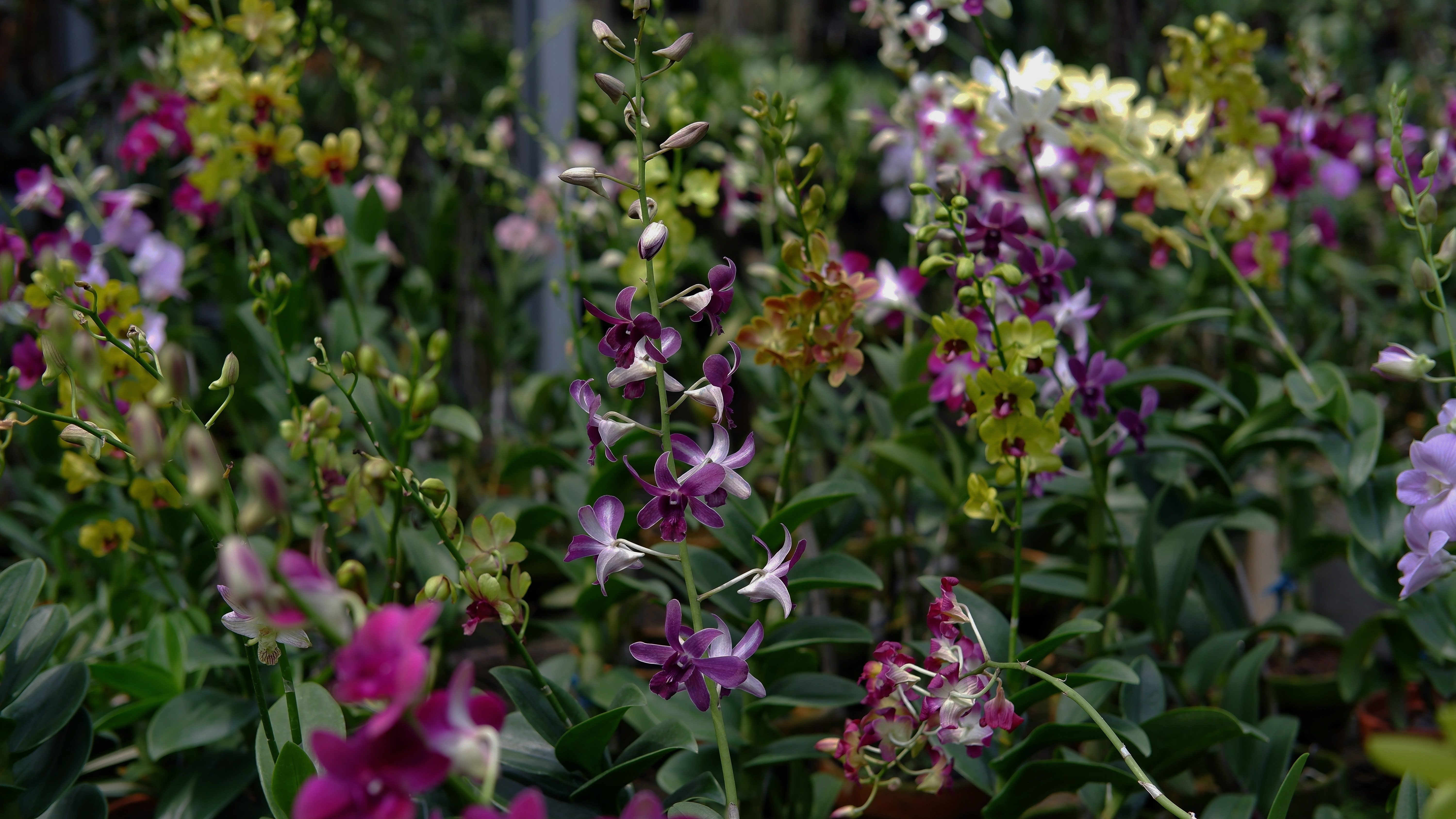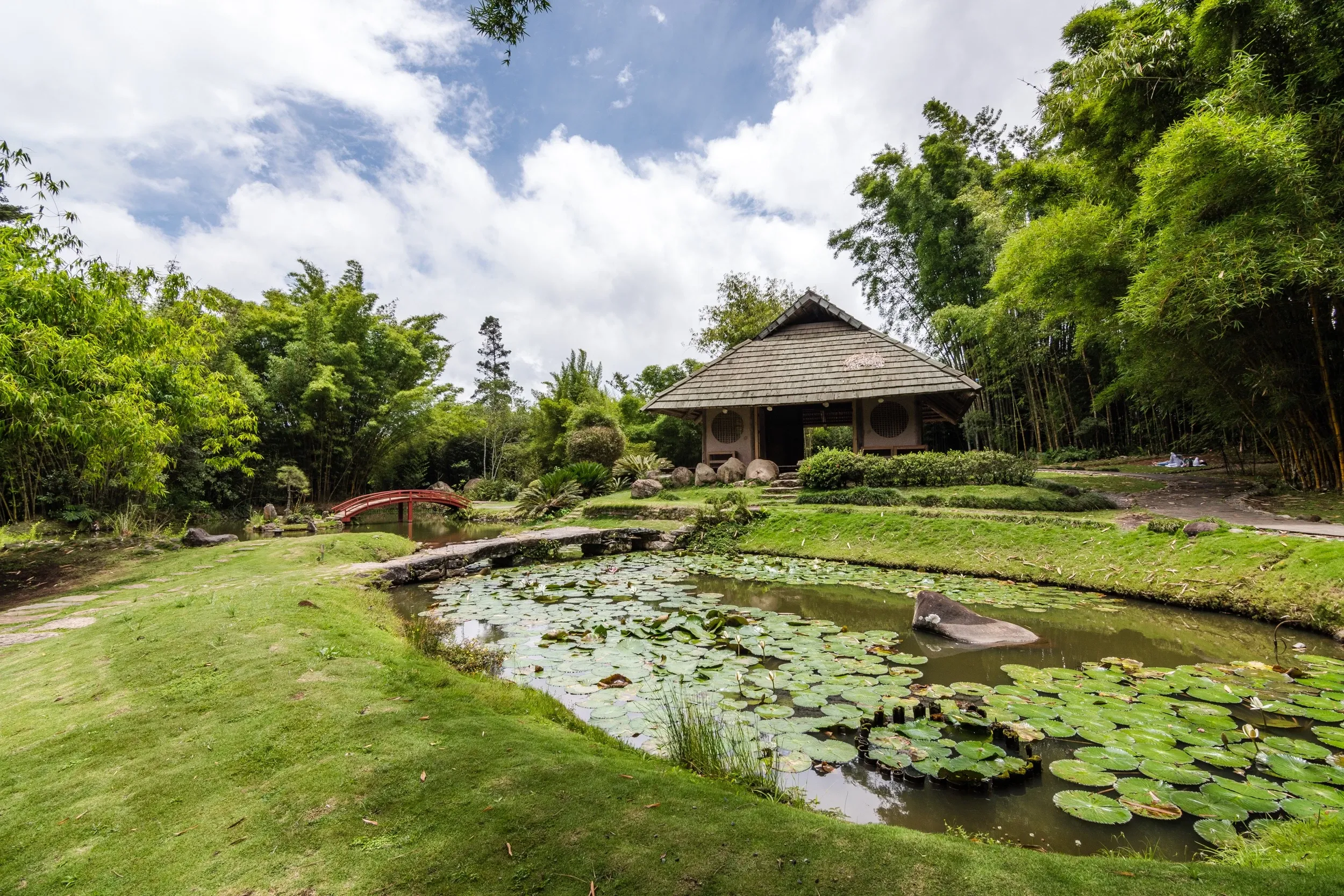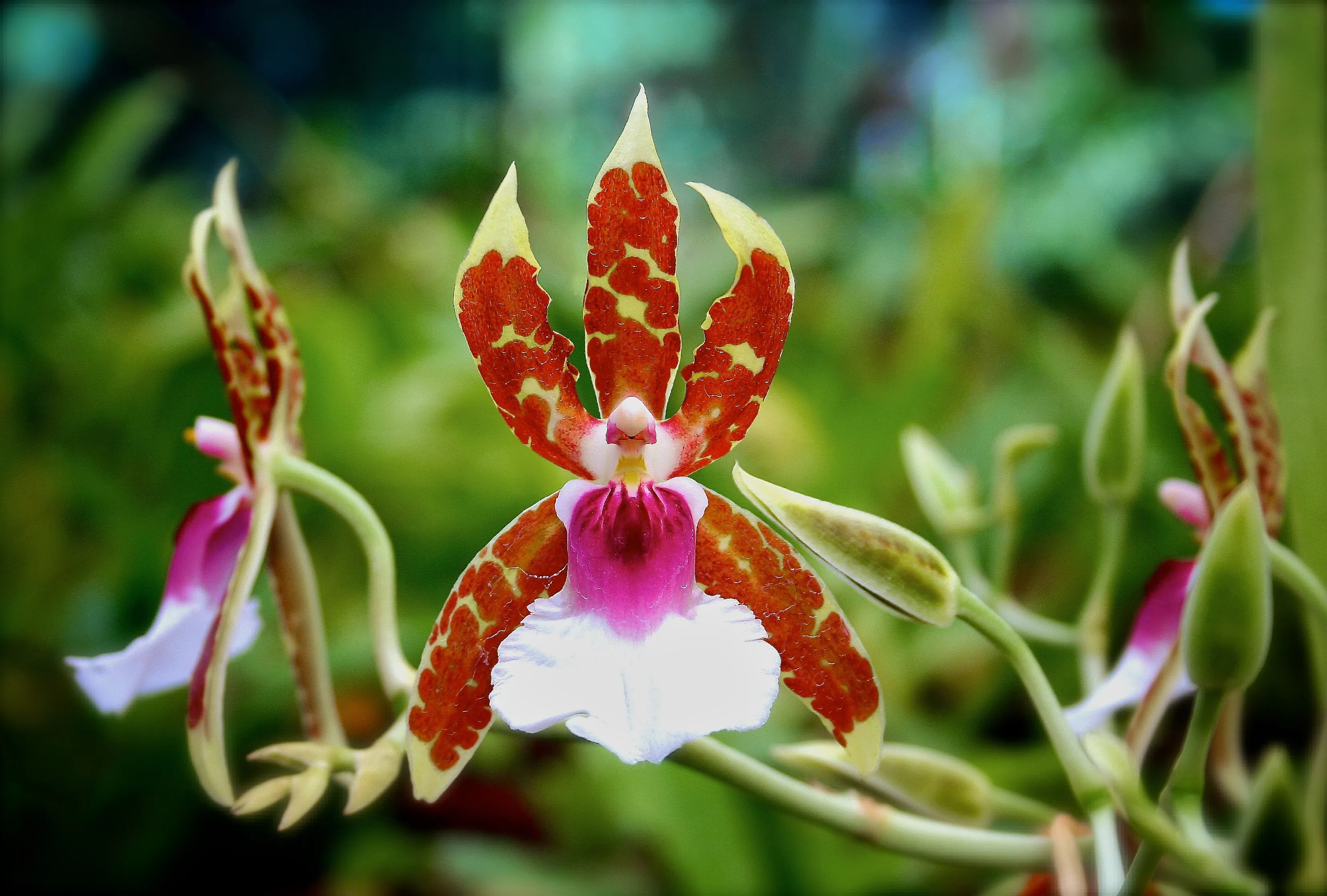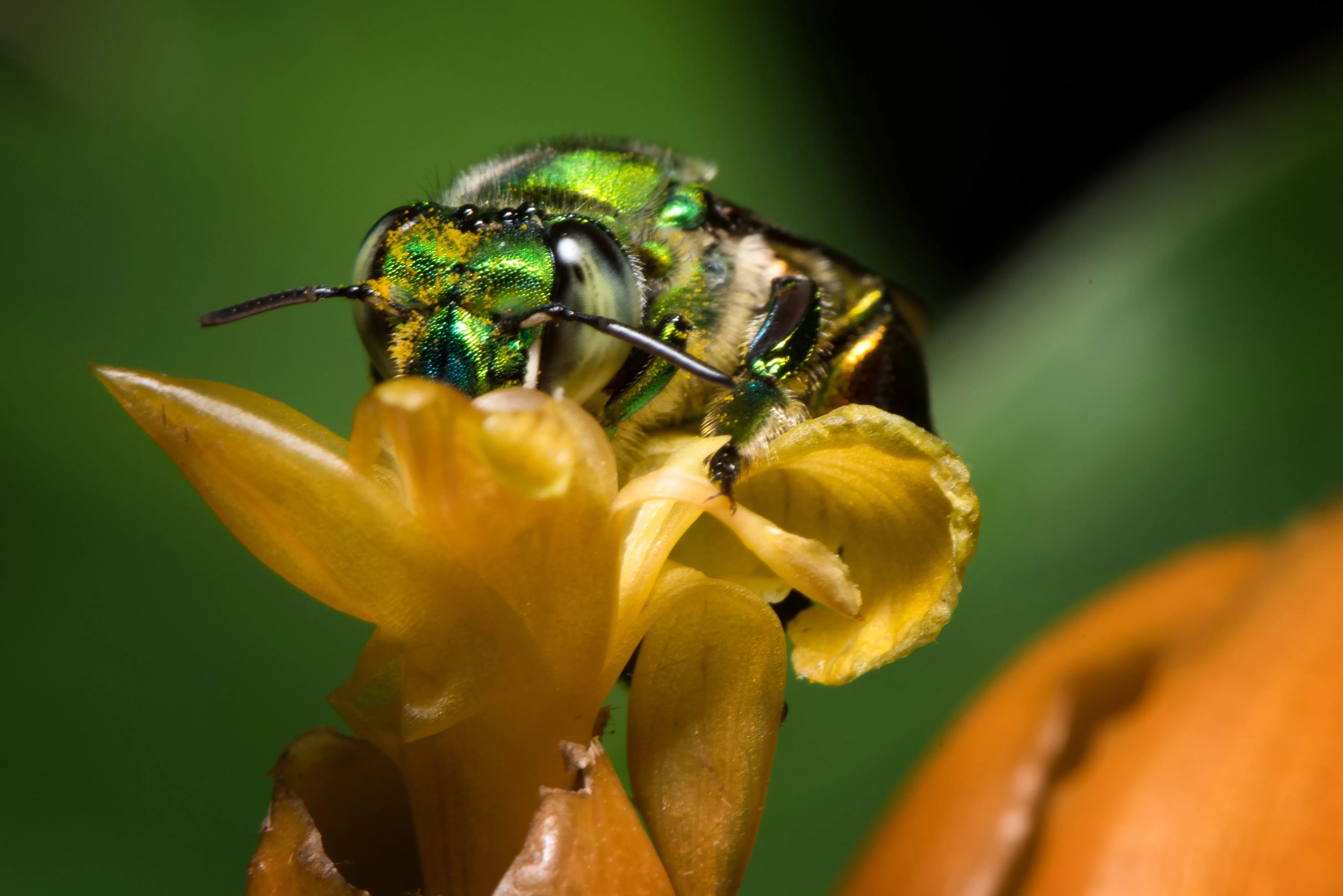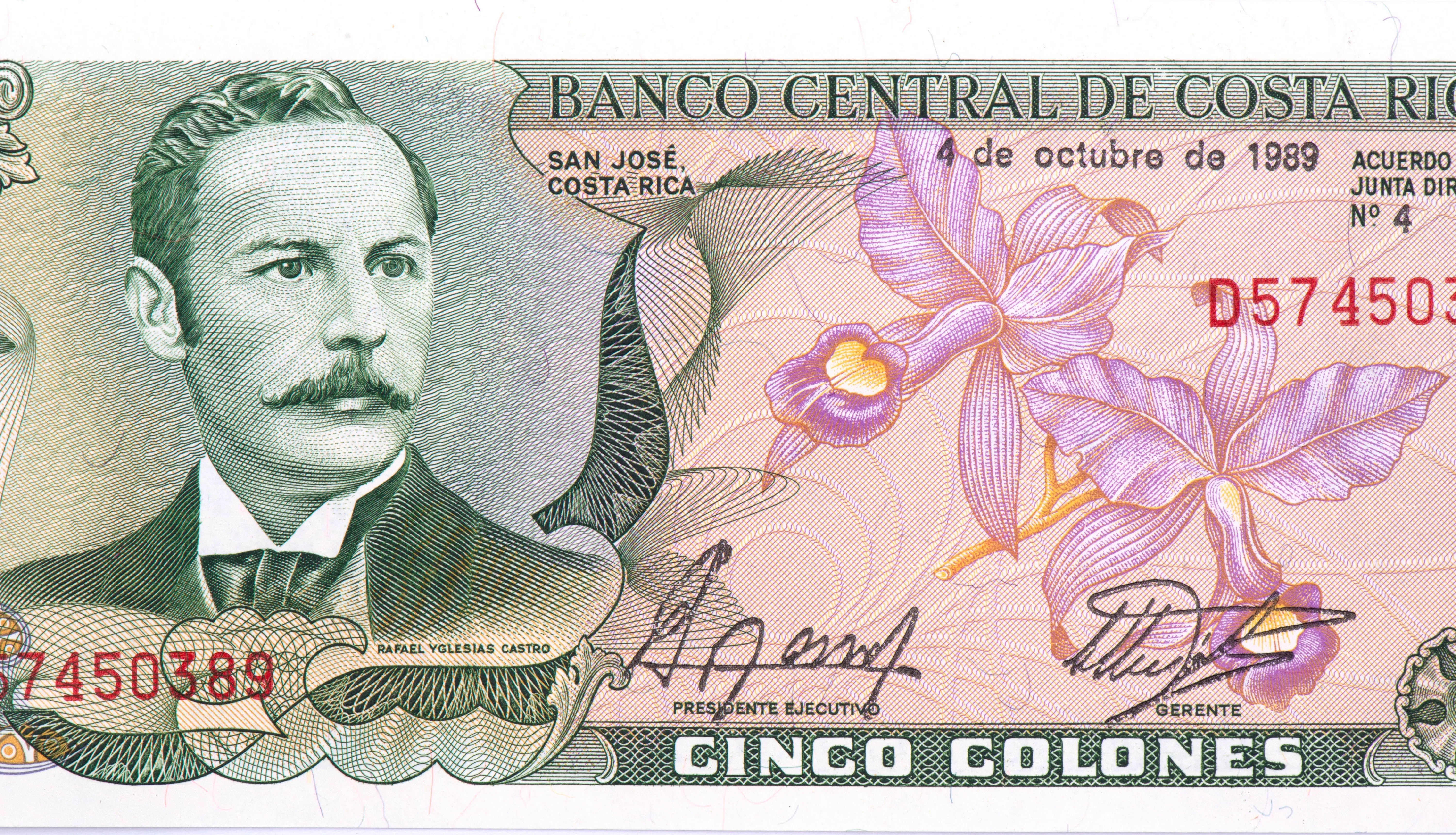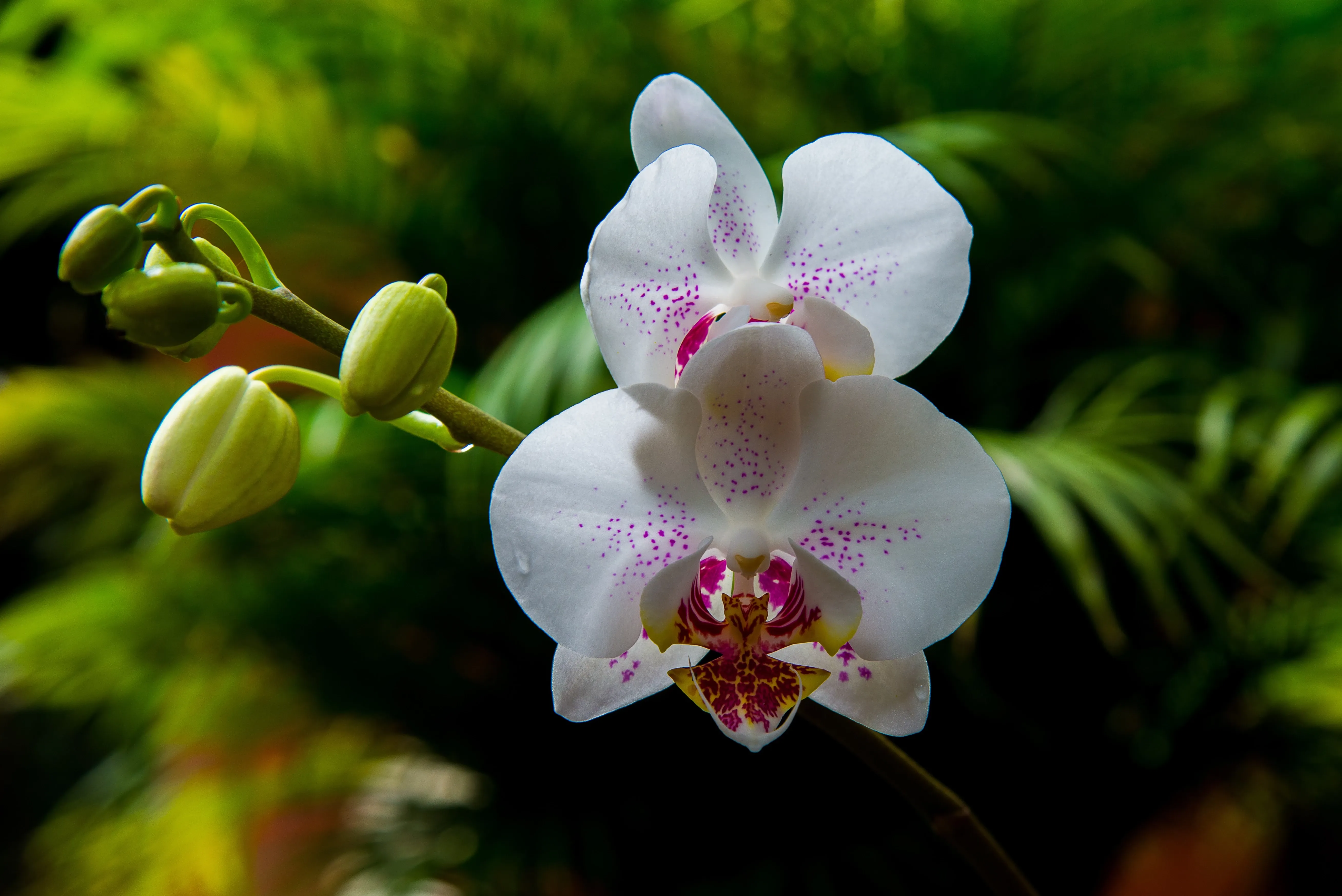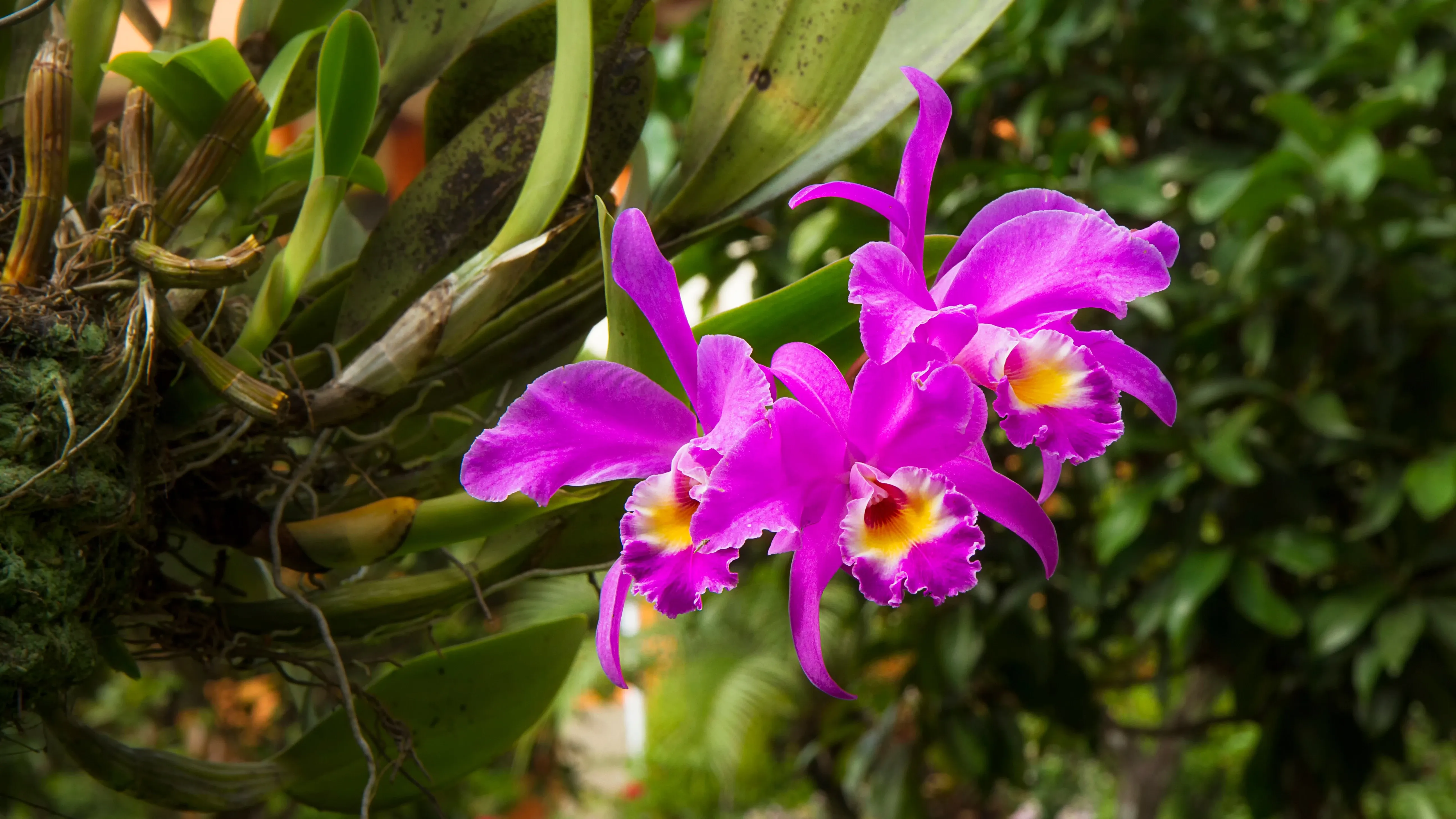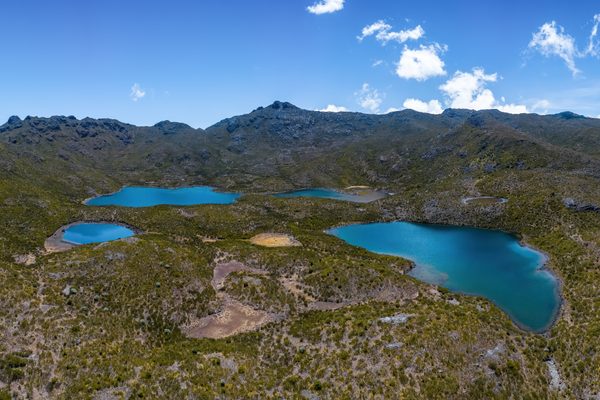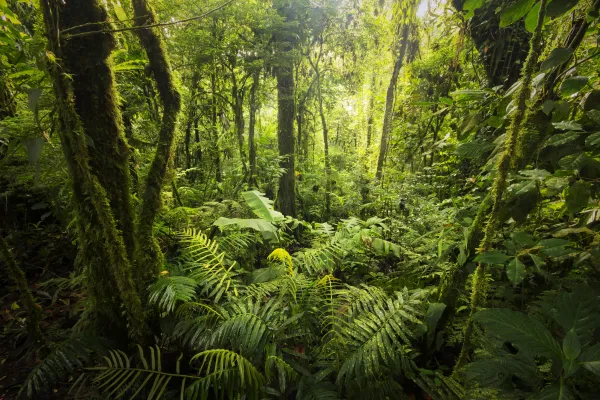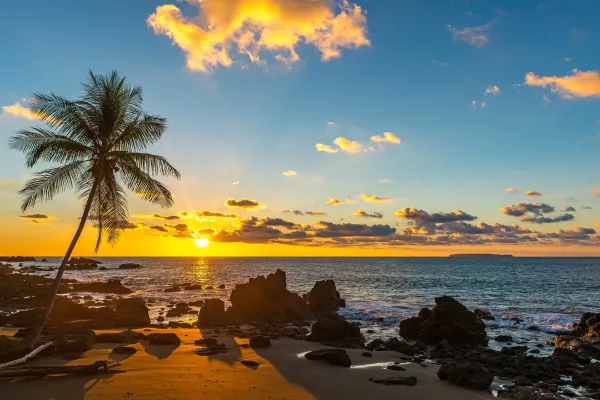Costa Rican Orchids – a floral wonderland
Every year, London’s famous Kew Gardens puts on an orchid exhibit. The magnificent diversity of Costa Rican orchids inspired the 2022 show. This comes as no surprise when one considers the country’s dazzling array of these exceptional plants - a true floral wonderland.
Some orchid species are extremely rare and grow exclusively in specific areas of the country. The exact number of Costa Rican orchids is unclear because scientists are still discovering new species yearly. However, scientists estimate the total number is between 1300 and 1600 species.
In 2022, a team of researchers from Lankester Botanical Garden and the University of Costa Rica identified 20 new orchid species in the nation’s protected areas. Of these, 15 had never been recorded anywhere else on earth. Researchers have found the remaining five in other countries before; however, never in Costa Rica.
The National System of Conservation Areas’ executive director Rafael Gutiérrez commented, ‘The study…reveals the importance of Costa Rica as a center of diversity of this group of plants and emphasizes the importance of conserving these species, since many of them are endemic, which means that they are not found naturally anywhere else in the world.’
Costa Rican orchids vary in size, colour, and habitat. Their shades range from bright yellow, magenta, red, and orange tones, usually mixed with paler hues of cream, white, lavender, and pink. Some orchids have aromatic flowers which attract pollinators such as bees, wasps, and hummingbirds.
Orchids – then and now
Orchids have featured in various cultures throughout the ages. Historically, healers have prescribed them to relieve stress and treat cardiovascular diseases. Additionally, some cultures have used them as a love potion. Particularly, orchids have a special place in Chinese culture, as the legendary philosopher Confucius viewed them as a symbol of love and beauty.
The flowers can be eaten and sometimes cooked with vegetables or ground to form a nutritional juice. However, one of the most critical roles of the orchid family is to indicate ecosystems' health. The orchid is the most evolved flower and if orchids are growing in abundance in an environment that is generally a good sign of a healthy ecosystem.
Today, however, orchids are primarily valued for their decorative beauty. Consequently, they are extensively cultivated and traded commercially worldwide, including in Costa Rica. Nevertheless, this Central American country still has one of the planet's most prolific populations of wild orchids.
What distinguishes an orchid
Orchids belong to the orchidaceae family. The plant’s most distinguishing characteristic is its flowers, which have a remarkably specific structure. Mosts orchids are hermaphroditic, meaning that both the male and female reproductive organs occur together in a single plant.
The flower has three outer sepals and three inner petals. The large, waxy column in the flower's centre houses the reproductive organs. It is surrounded by an enlarged, decorative petal called a lip or labeilum. These ‘lips’ are usually highly coloured and release a fragrant scent to attract pollinators. Moreover, they serve as a landing pad for the pollinators.
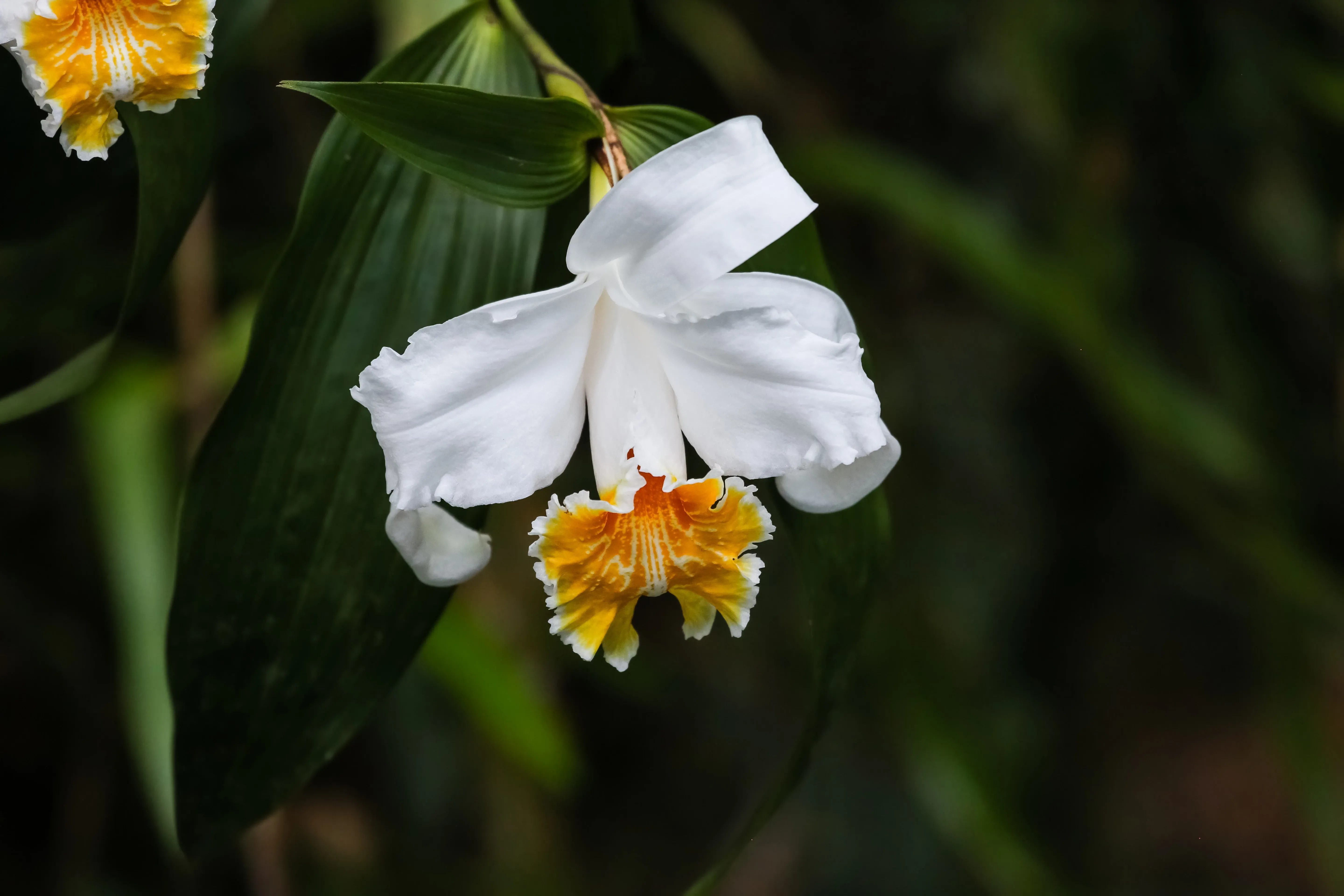
How orchids grow- above and below
Orchids grow in various habitats, including on the ground, tree trunks and branches, and in rocky crevices. Those that grow in tree branches are called epiphytes, meaning they never touch the ground. Hence, people also call them ‘air plants’. They use their roots to attach to the bark of tree branches and absorb moisture and nutrients from the air.
Most epiphytes grow in the branches near the top of trees to access sunlight. These plants have advantages over ground-dwelling species because they are less likely to be eaten by animals or dislodged by floods. Lithophytes are orchids that grow in stony nooks and crack, while terrestrial orchids grow in the earth.
The Guaria morada orchid Costa Rica’s national flower
The Guaria morada was designated Costa Rica’s national flower in 1939. This exquisite orchid pinkish-purple orchid blooms at the beginning of March, and the flowers last for only a month. Many people also call it the Candelaria flower as its often used for decorative purposes at religious festivals. Locals view this Costa Rican orchid as one of the nation’s natural treasures, representing its unique floral biodiversity and beauty. Moreover, they view it as a symbol of love, prosperity, harmony, and good fortune.
The Guaria morada species is an epiphyte and, therefore, can be found in humid forests containing large trees as this plant thrives on ample light. These Costa Rican orchids usually exist high in the tree canopies, so the plants have both a humid and sunny environment.
Costa Rican orchids – wild versus cultivated
Many countries worldwide, including Costa Rica, produce orchids on a large scale for sale at national and international levels. The value of fresh-cut orchids is more than 500 billion, with more than 40 countries exporting the plants.
It is illegal to trade in wild orchids without a permit from the Convention of International Trade in Endangered Species of Wild Fauna and Flora. However, there is, in fact, significant trafficking of wild orchids often traded on the internet used in horticulture, medicine, and food. This practice is on the rise worldwide, including in Costa Rica.
Costa Rican orchids and conservation
Nevertheless, Costa Rica has made enormous strides in protecting its natural environment in recent decades. After rampant deforestation devastated many of the country’s natural enclaves from the 1950s, the government and conservation agencies stepped in to address environmental degradation. Since then, the country has reversed deforestation, and the world now recognises it as a leader in conservation.
The nation’s concerted efforts have provided a workable model of environmental sustainability to the world. Furthermore, Costa Rica’s ecological consciousness is helping to preserve some of its most precious botanical assets – its prolific and splendid orchids.
Sign up for the newsletter
By clicking on “Subscribe now” I will subscribe to the Conscious Explorer newsletter with all the information about mindful travel. Information on the success measurement included in the consent, the use of the shipping service provider MailChimp, logging of the registration and your rights of revocation can be found in our privacy policy.
